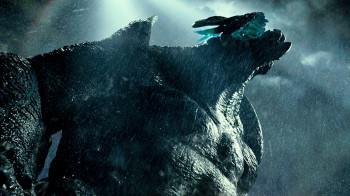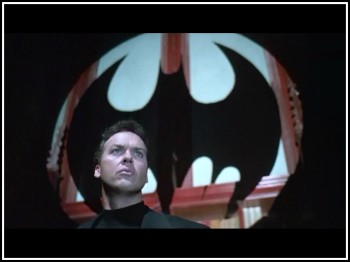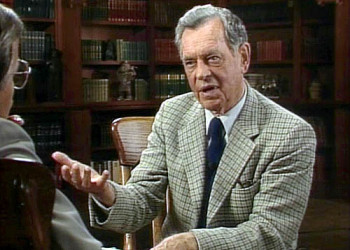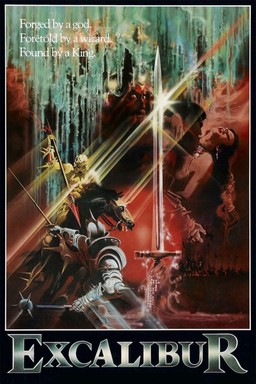Pacific Rim and the Culture of Rip-Off Vs. Homage
“This is not a rip-off, it’s an homage!”–Peter Swan (Liam Neeson) in The Dead Pool
Watching the special features on Guillermo del Toro’s Pacific Rim this past weekend, I was struck by something the director said. Paraphrased, he told the design crew not to take any elements from previously-existing kaiju (such as Godzilla, Gamera and so forth), but to pay tribute to the spirit of those films. In other words, it’s a classic homage.

Now, bear with me on this. I’m a fan of Asian cinema, particularly the 80s and 90s classics such as The Bride with White Hair, Jet Li’s Once Upon a Time in China series, The Heroic Trio and its amazing sequel Executioners, and so forth. I’m not obsessive about it — there’s a lot I haven’t seen — but I know the high points.
So when I see something like Crouching Tiger, Hidden Dragon, or Quentin Tarantino’s Kill Bill films, I see exactly what the lnfluences are. Except in this case, they’re not homages: they’re recreations of some of the exact moments from the films that influenced them, only couched so that you (the general American audience who’s never seen them before) will think they’re Tarantino’s or Ang Lee’s original ideas.
That, my friends, is a rip-off.


